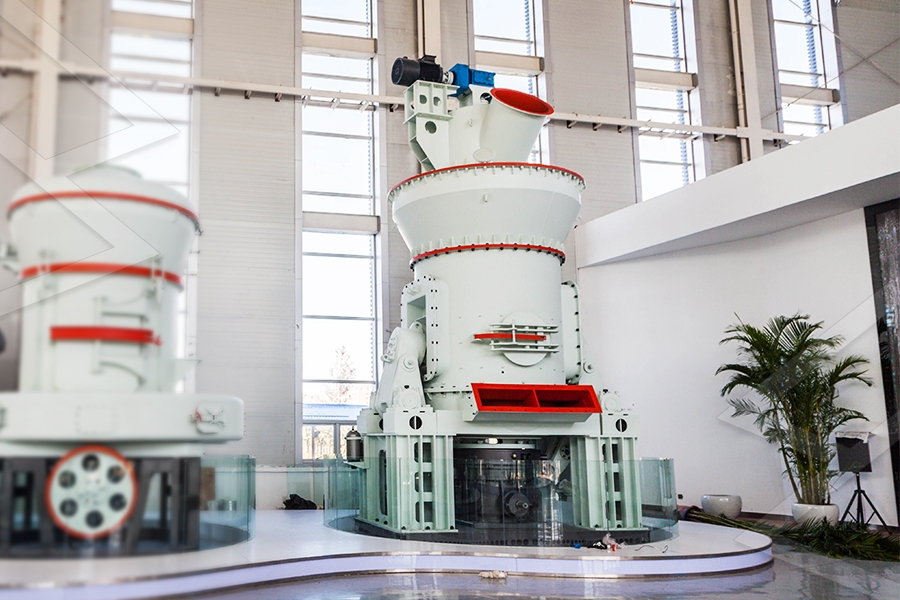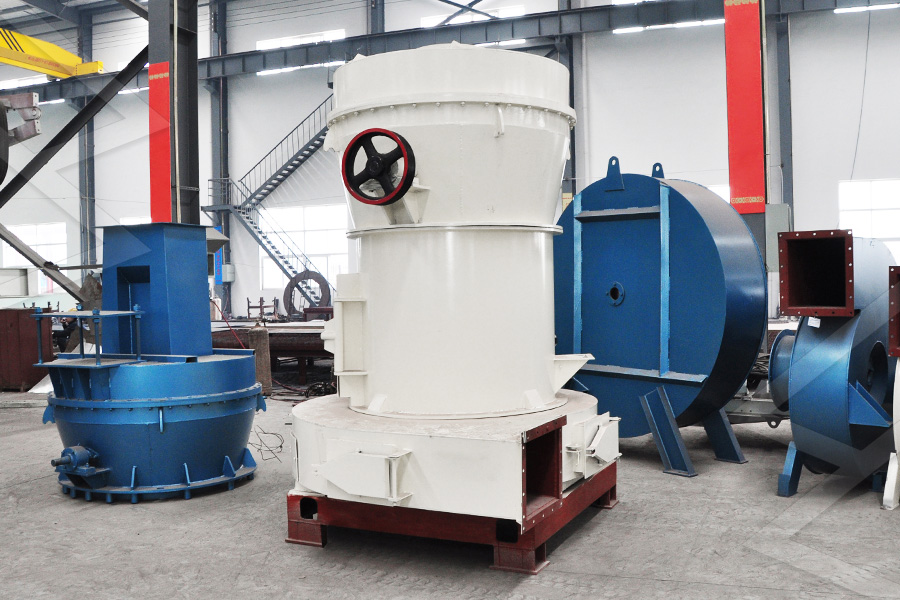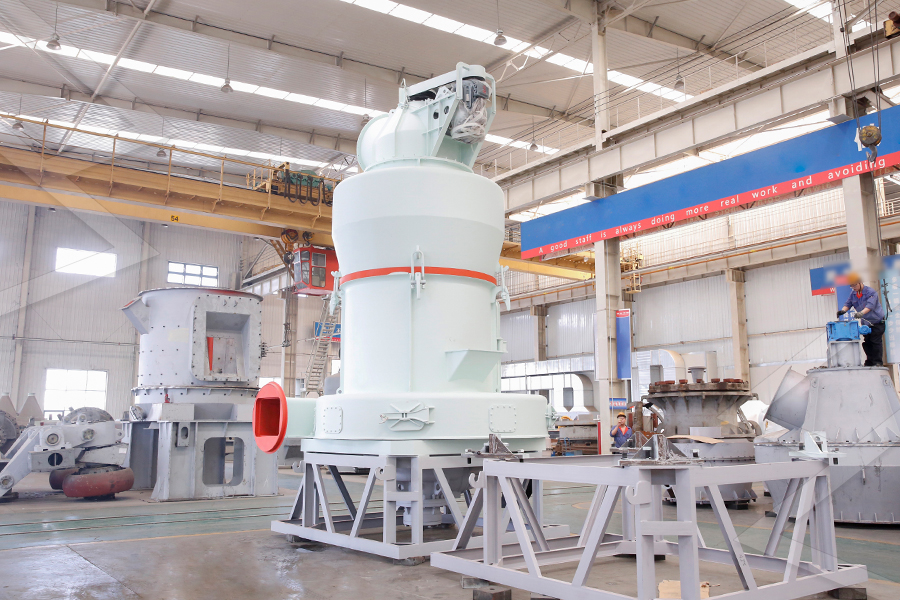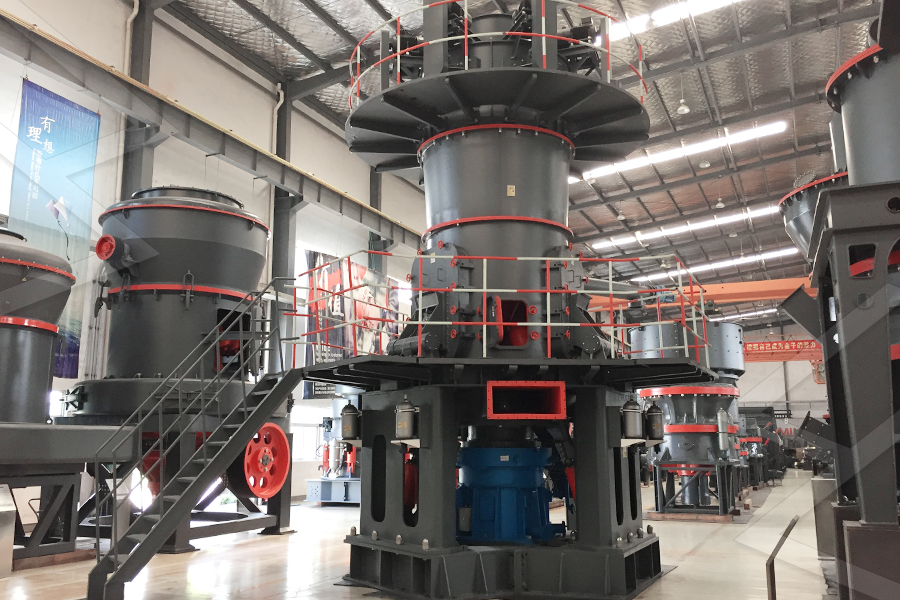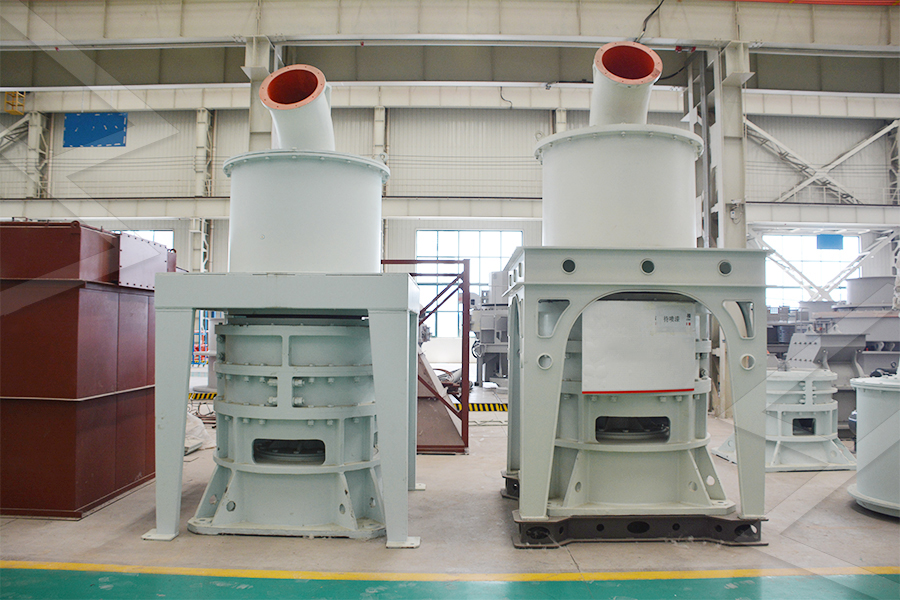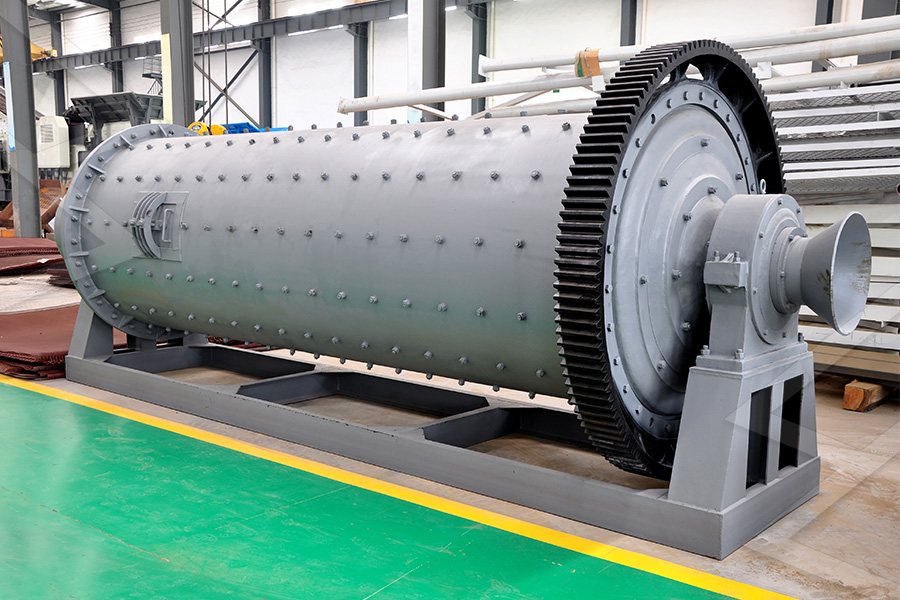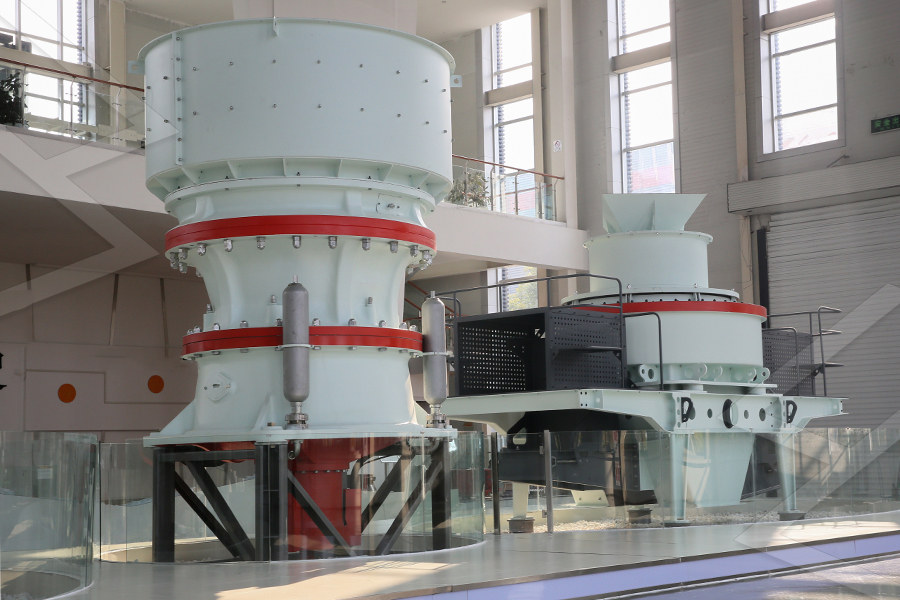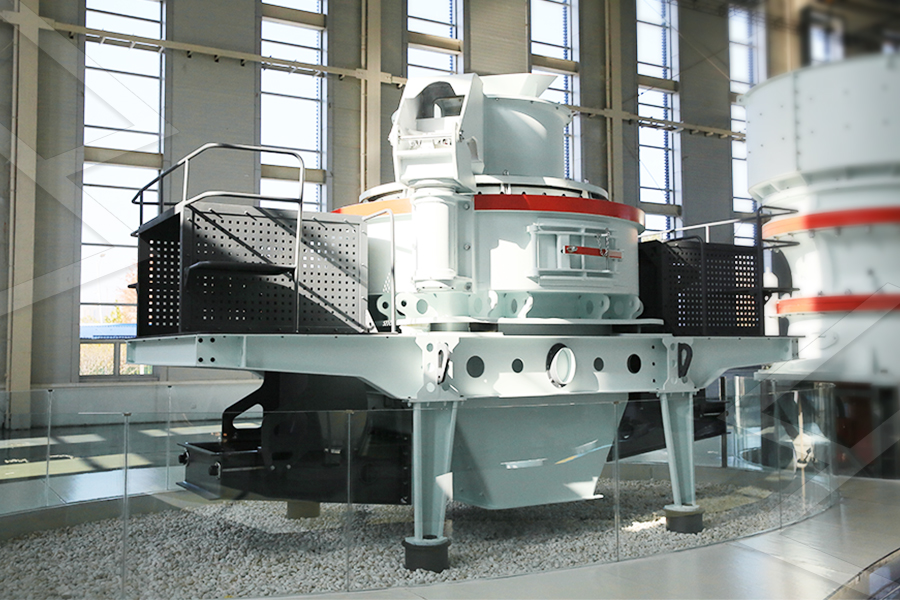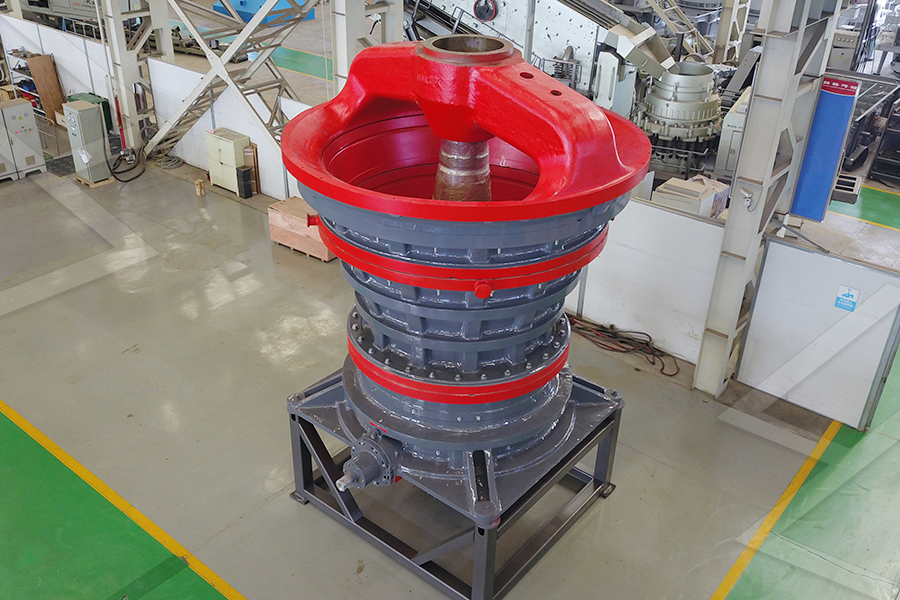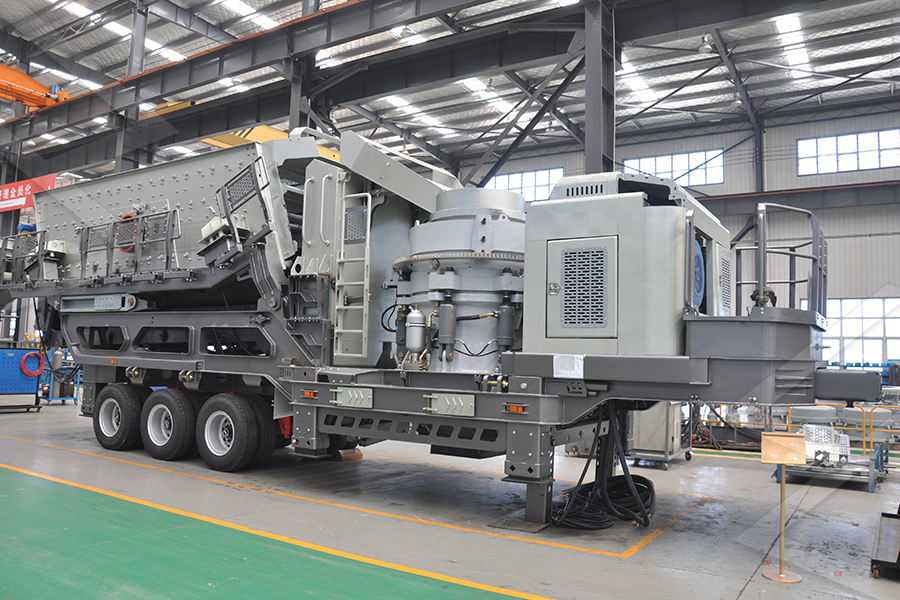Vertical Roller Mill for Limestone Grinding in Bolivia
Introduction to LM Vertical Roller Mill
Welcome to our blog post on the incredible LM Vertical Roller Mill for limestone grinding in Bolivia! If you're in the mining or construction industry, you know how essential it is to have efficient and reliable equipment. That's where the LM Vertical Roller Mill comes in. This revolutionary piece of machinery has transformed the way we process limestone, offering numerous advantages over traditional grinding mills. In this article, we'll explore everything you need to know about vertical roller mills and why they are a game-changer for limestone grinding. So, let's dive right in and discover how this technology can revolutionize your operations!
Advantages of Vertical Roller Mills
Vertical Roller Mills have gained immense popularity in various industries due to their numerous advantages. One of the key advantages is their ability to efficiently grind materials like limestone, resulting in a finer and more uniform product.
One major advantage of VRMs is their energy efficiency. Compared to traditional ball mills, VRMs consume less energy during the grinding process. This not only helps in reducing operating costs but also contributes towards sustainable production practices.
Another advantage of VRMs is their versatility. These mills can handle a wide range of materials and are capable of producing different types of products with varying fineness levels. This flexibility makes them suitable for diverse applications such as cement production, mining, and even food processing.
In addition, VRMs offer better control over particle size distribution compared to other grinding equipment. The adjustable rotor speed and airflow ensure that the desired fineness is achieved consistently.
Furthermore, the compact design of VRMs allows for easy installation and maintenance. They occupy less space compared to traditional mills, making them ideal for plants with limited floor area.
The advantages offered by vertical roller mills make them an excellent choice for limestone grinding applications. Their energy efficiency, versatility, control over particle size distribution, and ease of maintenance set them apart from other grinding equipment options available in the market.
Working principle of LM Vertical Roller Mill
The working principle of the LM Vertical Roller Mill is quite fascinating. It operates on the principle of grinding and crushing materials between its rollers and the rotating table. As the material enters the mill, it is ground by the force exerted from the rollers, which are driven by a motor.
The crushed material then moves towards the edge of the grinding table, where it is picked up by an airflow and carried to a classifier. The classifier separates fine particles from coarse ones, ensuring that only particles of desired size are collected.
One interesting aspect of this mill's working principle is its ability to handle different types of materials with varying hardness levels. Whether it's limestone or other minerals, this versatile machine can grind them all.
Furthermore, thanks to its unique design features such as roller sleeve and disc liner made with high-quality wear-resistant materials, it ensures efficient grinding performance and extended service life.
Understanding how LM Vertical Roller Mill works gives us insight into why it has become a popular choice for limestone grinding applications. Its reliable operation coupled with its ability to grind various materials makes it a valuable asset in many industries.
Advantages of LM Vertical Roller Mill
The LM Vertical Roller Mill offers numerous advantages that make it a preferred choice for limestone grinding.
The vertical design significantly reduces floor space requirements, making it suitable for both small and large-scale operations. Additionally, its compact structure ensures easy installation and maintenance.
Another advantage of the LM Vertical Roller Mill is its high grinding efficiency. The mill uses a multi-stage separator to ensure uniform particle size distribution, resulting in improved product quality and higher production rates.
Furthermore, the mill operates at low noise levels due to advanced technology and sound insulation materials. This makes it a more comfortable working environment for operators.
The LM Vertical Roller Mill also has excellent drying capacity as hot air can be introduced into the system through the inlet chute. This enables efficient drying of moisture-rich materials such as limestone.
The mill has a strong adaptability to different materials and can handle various types of limestone with different hardness levels. This versatility allows for greater flexibility in processing different grades of limestone.
The advantages offered by the LM Vertical Roller Mill make it an ideal choice for efficient and effective limestone grinding operations.
Comparison with Raymond Mill
When it comes to grinding limestone, there are several options available in the market. One popular choice is the Raymond Mill. However, a more efficient and advanced option is the LM Vertical Roller Mill.
The working principle of both mills is similar. They both use rollers to grind the materials. However, there are some significant differences between them that make the LM Vertical Roller Mill a better choice for limestone grinding.
The LM Vertical Roller Mill has a higher grinding efficiency compared to Raymond Mill. This means that it can produce finer particles and achieve a higher output capacity.
The LM Vertical Roller Mill has a lower energy consumption. It uses less power during operation which leads to lower operating costs in the long run.
Additionally, unlike Raymond Mill, which requires frequent maintenance and replacement of wearing parts, LM Vertical Roller Mills have built-in wear protection systems that reduce maintenance requirements and extend service life.
While Raymond Mill may be suitable for some applications, when it comes to limestone grinding, choosing an LM Vertical Roller Mill can provide superior performance and cost-effectiveness.
Comparison with MTW Trapezium Mill
The MTW Trapezium Mill is another popular choice for limestone grinding, but how does it compare to the LM Vertical Roller Mill? Let's take a closer look.
One major difference between the two mills is their structure. The LM Vertical Roller Mill has a vertical design, which allows for more efficient and uniform grinding compared to the horizontal design of the MTW Trapezium Mill.
In terms of working principle, both mills use rollers to grind materials. However, the LM Vertical Roller Mill utilizes multiple rollers that rotate on a fixed track, while the MTW Trapezium Mill uses a single roller that rotates around its axis. This difference in design can affect the efficiency and effectiveness of grinding.
When it comes to advantages, both mills have their strengths. The LM Vertical Roller Mill offers better control over product fineness and capacity due to its advanced technology and adjustable speed settings. On the other hand, the MTW Trapezium Mill boasts higher production efficiency and lower energy consumption.
While both mills are suitable for limestone grinding, each has its own unique features and benefits. It ultimately depends on your specific requirements and preferences when choosing between them.
In conclusion, comparing these two mills highlights their differences in structure, working principle, advantages, efficiency levels, and energy consumption. Understanding these distinctions can help you make an informed decision when selecting a mill for your limestone grinding needs.
Importance of Vertical Roller Mill in Limestone Grinding
Limestone is a common and versatile material used in various industries, from construction to agriculture. However, before it can be utilized effectively, it needs to undergo grinding to achieve the desired particle size.
This is where the importance of vertical roller mills comes into play. These innovative machines are specifically designed for efficient and precise grinding of limestone. They offer several advantages over traditional grinding mills, making them an essential tool in limestone processing.
Vertical roller mills have a higher grinding efficiency compared to other mill types. This means that they can produce finer particles with less energy consumption. The ability to achieve high fineness levels is crucial when producing limestone powder for applications such as cement production or soil amendments.
Vertical roller mills provide excellent control over the product quality. By adjusting various operating parameters such as grinding pressure and separator speed, operators can optimize the mill's performance and ensure consistent particle size distribution.
Furthermore, vertical roller mills have a compact design which allows for easy installation and maintenance. Their smaller footprint makes them suitable for both new installations and retrofits in existing plants.
In addition to these advantages, modern vertical roller mills also incorporate advanced technologies for wear protection and process optimization. This ensures longer equipment lifespan and reduced downtime due to maintenance or repairs.
The importance of vertical roller mills in limestone grinding cannot be overstated. Their superior efficiency, control over product quality, compact design, and advanced features make them indispensable tools for industries relying on finely ground limestone materials.
Features and Specifications of Vertical Roller Mills
Vertical roller mills are widely used in the cement industry for grinding raw materials, coal, and clinker. They offer several advantages over traditional ball mills, including higher energy efficiency, lower operating costs, and smaller footprint.
One key feature of VRMs is their ability to dry materials during the grinding process. This eliminates the need for a separate drying system, saving both space and energy. Additionally, VRMs have a high grinding capacity and can handle large amounts of material with ease.
Another important aspect is the modular design of VRMs. This allows for easy maintenance and replacement of parts, reducing downtime and increasing productivity. The rollers in VRMs are designed to withstand high loads and provide excellent wear resistance.
In terms of specifications, VRMs typically have multiple grinding rollers that rotate on a horizontal axis. The size of the mill will depend on the desired output capacity, ranging from small laboratory mills to large industrial-scale ones.
Vertical roller mills offer many features and specifications that make them a preferred choice for limestone grinding applications in Bolivia.
Maintenance and Wear Protection of Vertical Roller Mills
Maintenance and wear protection are crucial aspects of ensuring the optimal performance and longevity of vertical roller mills. Regular maintenance routines must be established to keep the mill running smoothly and prevent any unexpected breakdowns.
One important aspect of maintenance is lubrication. Proper lubrication of all moving parts, such as gears, bearings, and rollers, is essential to reduce friction and prevent premature wear. This can involve regular oil changes, inspections for leaks or contamination, and ensuring that the right type and amount of lubricant are used.
In addition to lubrication, it is also necessary to regularly inspect the wear parts of the mill. These may include grinding rollers, grinding table liners, classifier rotor blades, or other components that come into contact with abrasive materials like limestone. Any signs of excessive wear should prompt immediate replacement or repair to avoid further damage or inefficient operation.
Another key aspect in maintaining a vertical roller mill is cleaning. Dust accumulation inside the mill can hinder its performance by blocking airflow or causing blockages in material flow paths. Regular cleaning procedures should be implemented to remove dust buildup from internal surfaces using appropriate tools and equipment.
To protect against excessive wear during operation, various measures can be taken. For example, installing abrasion-resistant liners on critical areas prone to high impact or friction can significantly prolong their lifespan. Additionally, implementing proper sealing mechanisms can help prevent ingress of contaminants that could accelerate component wear.
A well-executed maintenance program coupled with effective measures for wear protection will not only extend the life expectancy but also enhance the efficiency and reliability of vertical roller mills used for limestone grinding operations.
Comparison of Different Vertical Roller Mill Models
When it comes to choosing the right vertical roller mill for limestone grinding, it's important to consider the different models available in the market. Each model has its own unique features and specifications that cater to specific needs and requirements.
One popular model is the LM Vertical Roller Mill. This mill offers several advantages, such as high efficiency, low energy consumption, and a compact design. It also has a reliable performance and can handle various materials with ease.
Another option is the Raymond Mill. While this mill is commonly used for grinding non-flammable and non-explosive materials with Mohs hardness below 7 and humidity less than 6%, it may not be suitable for all limestone grinding applications.
The MTW Trapezium Mill is another contender in this category. It boasts of large capacity, low energy consumption, advanced technology, easy operation, and maintenance. However, like the Raymond Mill, it may not be ideal for all types of limestone grinding projects.
Choosing between these different models boils down to your specific requirements – whether you prioritize efficiency or capacity or have other factors to consider. By carefully evaluating each option based on their features and specifications, you can make an informed decision that suits your needs best.
Final Grain Size and Output of Limestone Mills
The final grain size and output of limestone mills play a crucial role in determining the efficiency and effectiveness of the grinding process. When it comes to vertical roller mills for limestone grinding, these factors become even more significant.
Vertical roller mills are known for their ability to produce finer particle sizes compared to other grinding equipment. This is due to their unique design, which allows for efficient grinding and classification of materials. The adjustable separator speed also contributes to achieving the desired grain size.
In terms of output, vertical roller mills offer high production rates, making them ideal for large-scale limestone processing operations. The advanced technology used in these mills ensures consistent and reliable performance, resulting in increased productivity.
However, it's important to note that the final grain size and output can be influenced by various factors such as feed material properties, mill settings, and operating conditions. It's essential to optimize these parameters according to specific requirements to achieve the desired results.
By carefully controlling the final grain size and output of limestone mills through proper adjustments and optimization techniques, operators can ensure maximum productivity while maintaining product quality. This not only enhances operational efficiency but also helps meet customer demands effectively.
In conclusion, paying attention to the final grain size and output is vital when using vertical roller mills for limestone grinding. By understanding how different factors affect these aspects, operators can fine-tune their processes for optimal performance. So whether it's producing finer particles or increasing production rates, vertical roller mills provide a reliable solution for efficient limestone grinding operations without compromising on quality or consistency!
Factors to Consider When Choosing a Vertical Roller Mill
When it comes to choosing the right vertical roller mill for your limestone grinding needs, there are several factors you should take into consideration. These factors will not only ensure that you make an informed decision but also maximize the efficiency and productivity of your grinding process.
One important factor is the capacity of the mill. You need to determine the amount of limestone you need to grind per hour or per day in order to select a mill with suitable capacity. This will prevent any bottlenecks or slowdowns in your production.
Consider the fineness requirements of your end product. Different mills have different capabilities when it comes to achieving specific particle sizes. Make sure that the mill you choose can meet your desired fineness requirements without compromising on quality.
Pay attention to energy consumption and operating costs. Look for a vertical roller mill that offers high energy efficiency and low maintenance requirements. This will not only save you money in terms of electricity bills but also reduce downtime associated with frequent maintenance.
Another crucial factor is the availability and cost of spare parts. Ensure that replacement parts for your chosen mill are readily available from reliable suppliers at reasonable prices. This will help minimize any potential disruptions caused by equipment breakdowns.
Consider any additional features or technologies offered by different manufacturers. Some mills may come with advanced automation systems or enhanced safety features which can improve overall operational efficiency and worker safety.
By considering these factors, you can select a vertical roller mill that meets all your requirements and ensures smooth and efficient limestone grinding operations without unnecessary hassles or compromises!
Conclusion
The LM Vertical Roller Mill is a highly efficient and versatile tool for limestone grinding. Its innovative design, advanced technology, and numerous advantages make it the ideal choice for industries looking to improve their grinding processes.
The vertical roller mill offers several benefits compared to traditional grinding mills such as Raymond Mill or MTW Trapezium Mill. It operates on a unique principle that combines crushing, grinding, drying, and classifying into one single machine. This not only saves space but also reduces energy consumption and maintenance costs.
Furthermore, the LM Vertical Roller Mill provides exceptional control over particle size distribution with its adjustable rotor speed and air volume. This allows operators to achieve the desired fineness of limestone powder while minimizing waste.
When choosing a vertical roller mill for limestone grinding, there are several factors to consider. These include capacity requirements, fineness requirements, moisture content of the feed material, raw material hardness, and specific power consumption. By carefully evaluating these factors and selecting the right model accordingly , businesses can optimize their milling process for maximum efficiency.
The LM Vertical Roller Mill is a game-changer in limestone grinding applications. Its superior performance ensures consistent quality output while reducing operational costs. Whether you're in cement production or mining industry seeking to enhance your milling operations' productivity – this mill has got you covered!
So why wait? Harness the power of vertical roller mills today by investing in an LM Vertical Roller Mill tailored specifically for your limestone processing needs! Experience improved productivity and profitability like never before!
